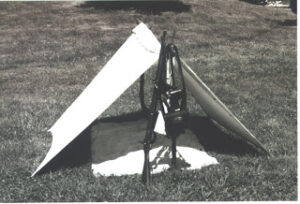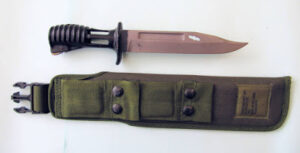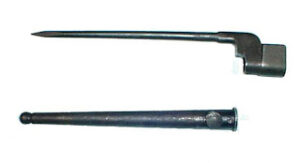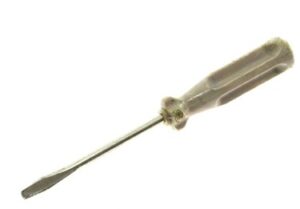“The pegs are not to be hammered in. A hole is made with a bayonet and the pegs driven in with the head” (The head of the peg, presumably, not that of the soldier!)

An interesting idea, but some readers will now be recalling that recently I posted on how the bayonet should be one of the first things a soldier should get rid of.

Last night, I put my SA-80 bayonet on the scales.
The bayonet alone was 15 oz, about the same as my favourite 10" bladed kukri.
The bayonet with scabbard was just over 1 lb 7 oz.
This is the later pattern of scabbard without the useful wire cutter and woodsaw fittings.
The blade is a sort of bowie-like shape so not sure how well it will poke peg holes in hard ground.
The author of the about passage was probably talking about sword bayonets. The later issue spike bayonet might be even more useful.


